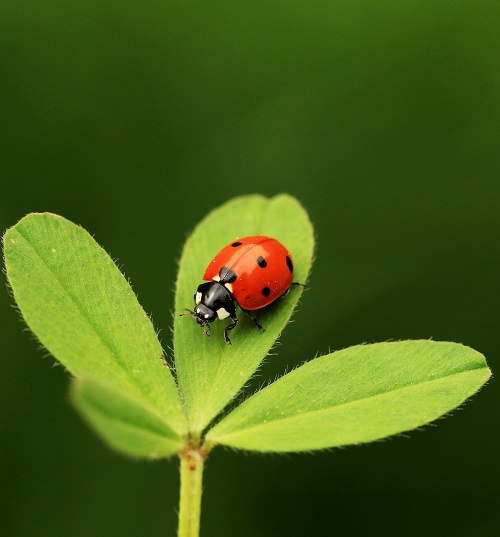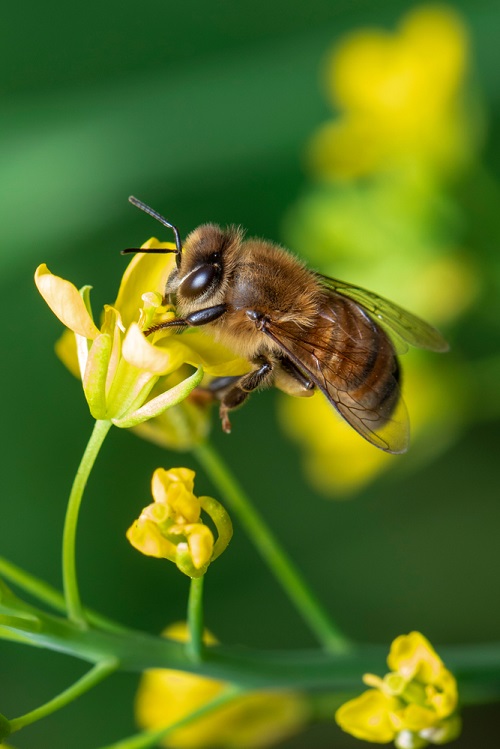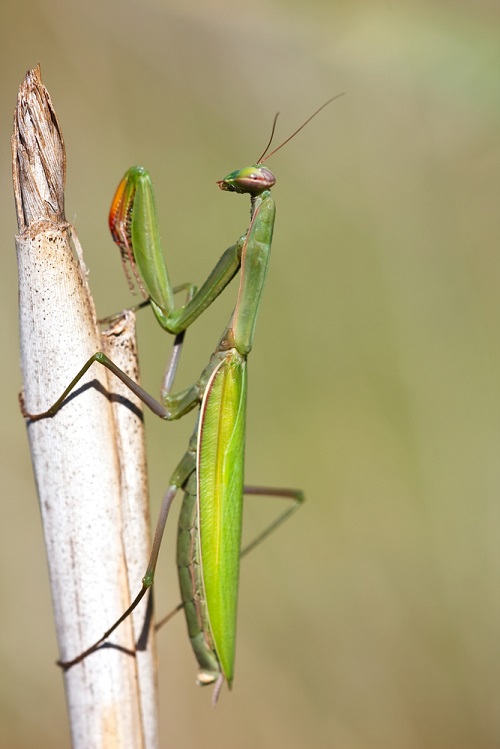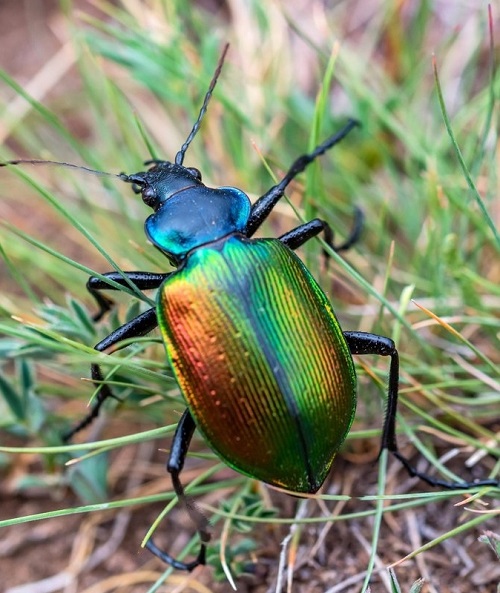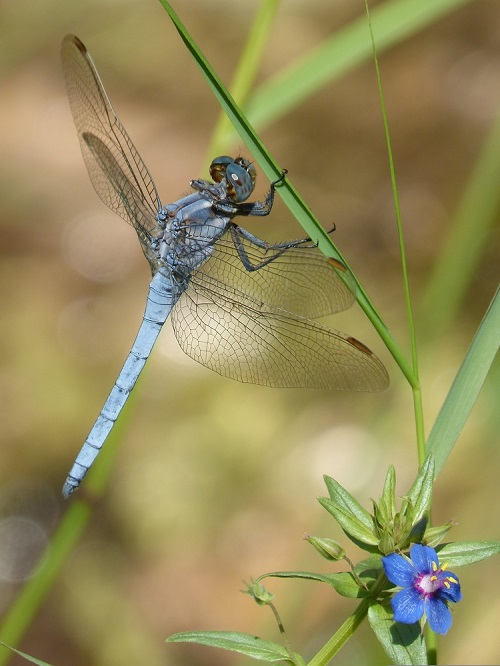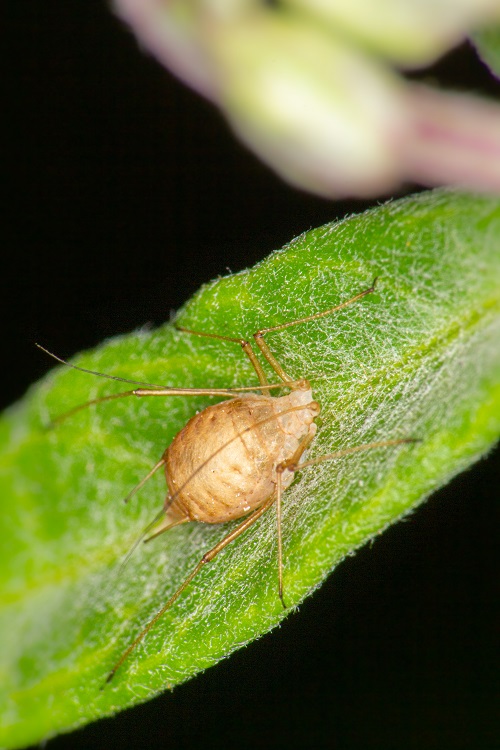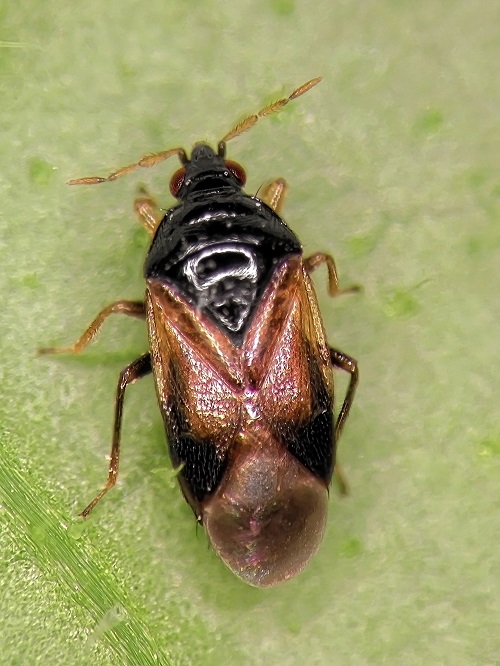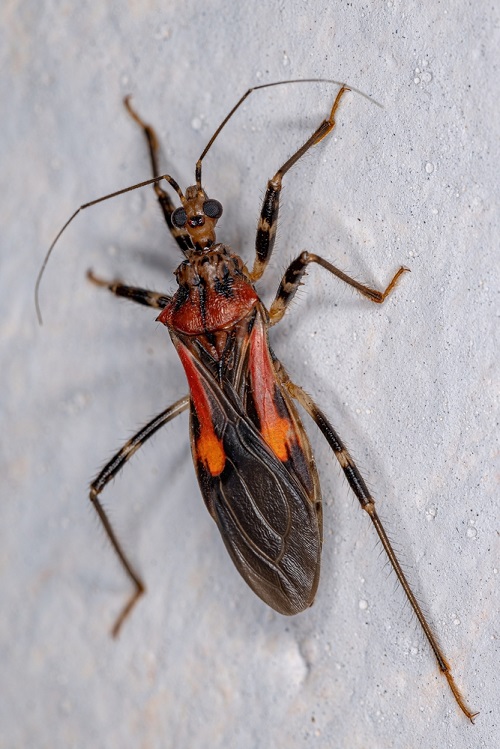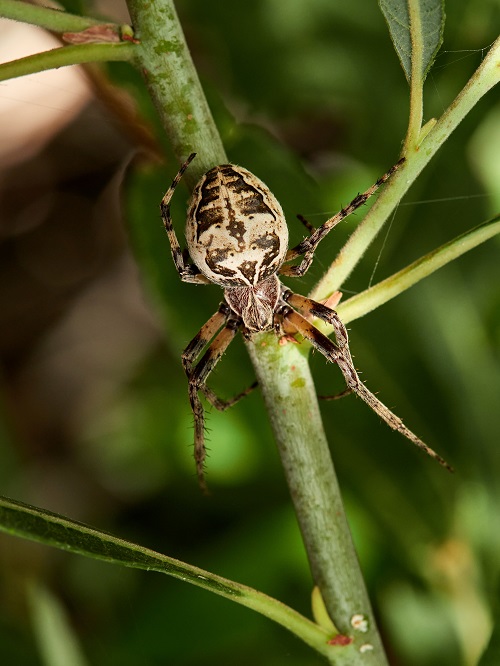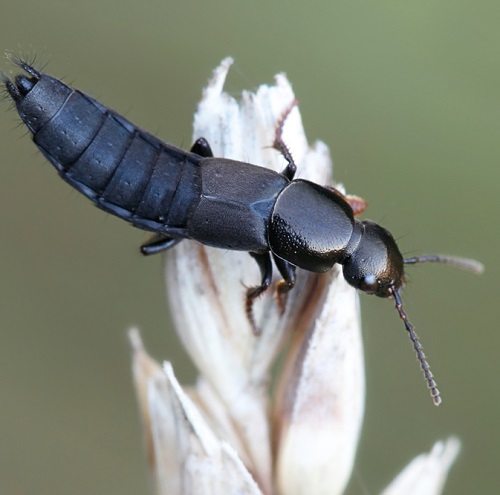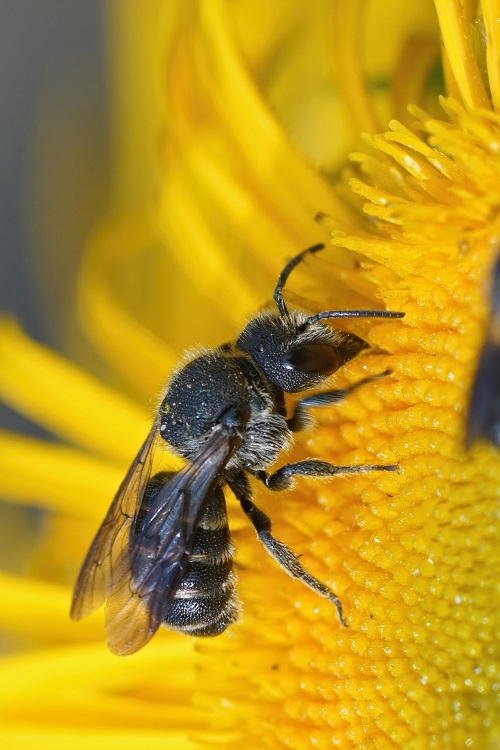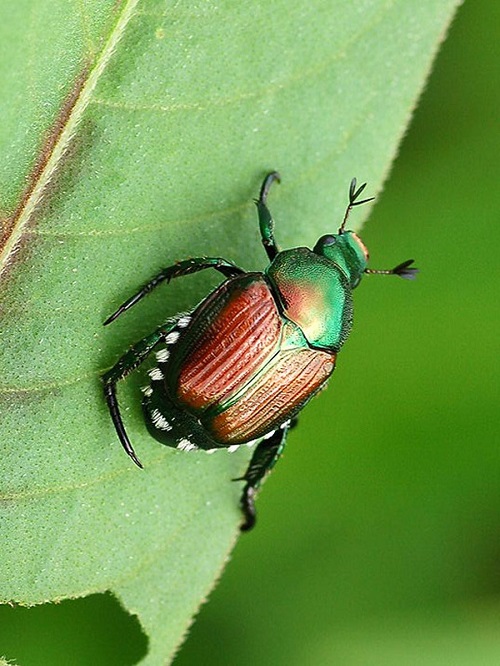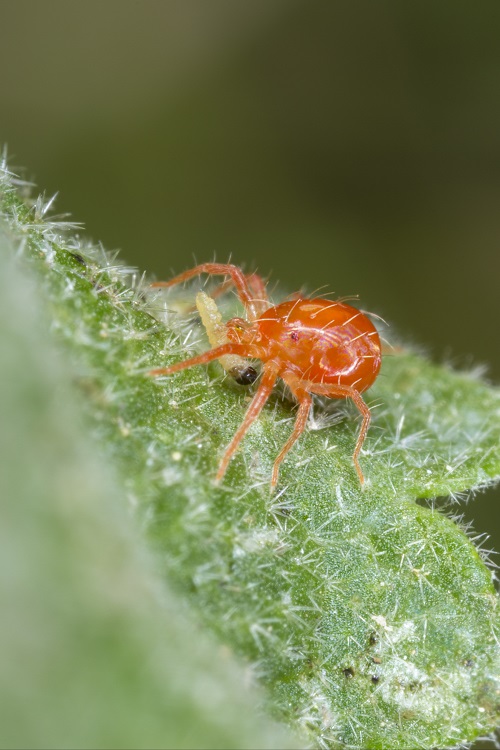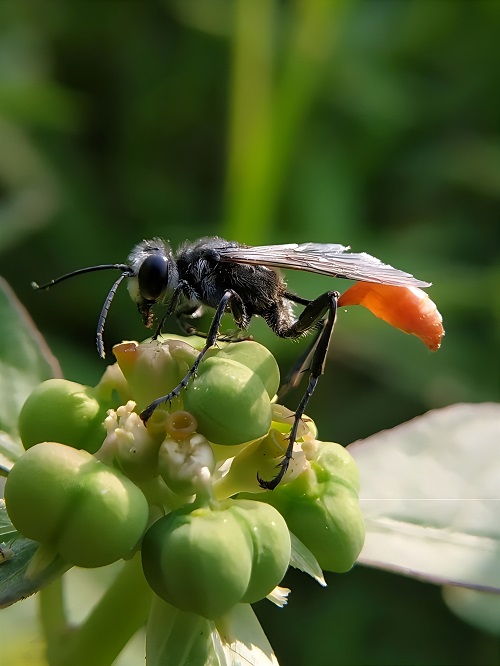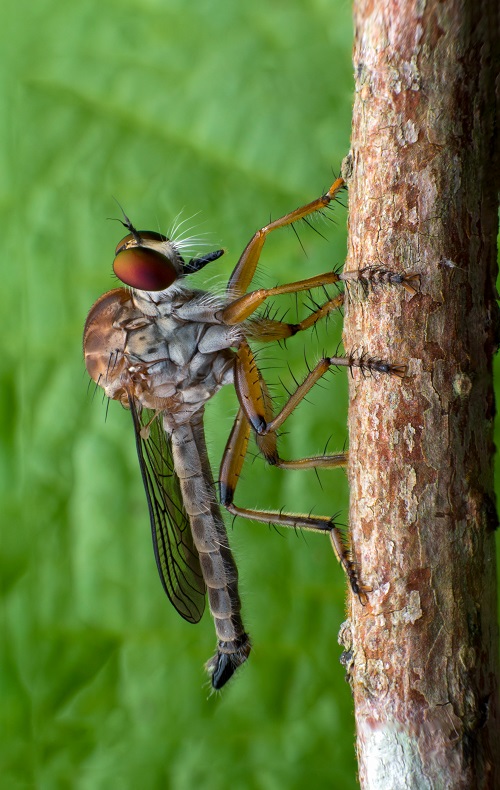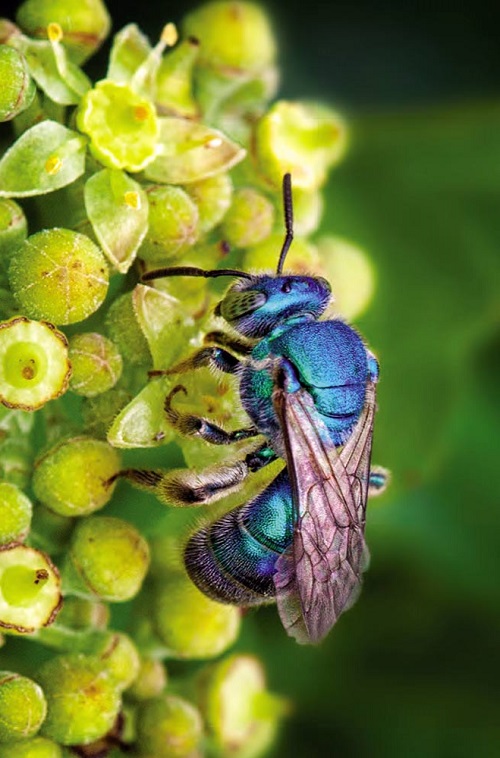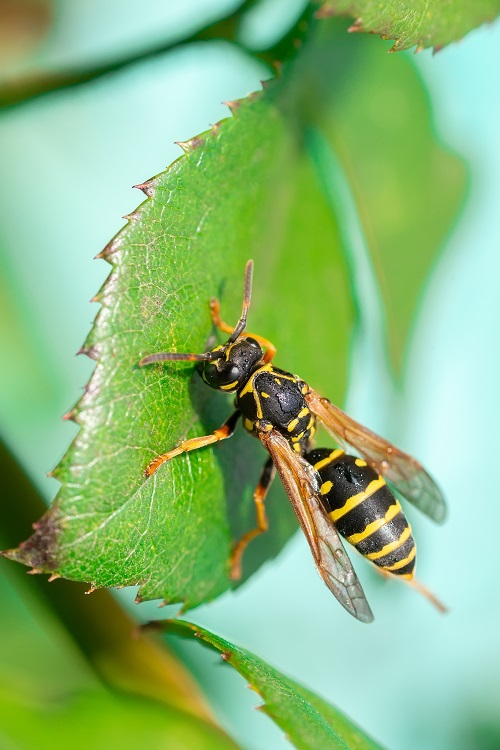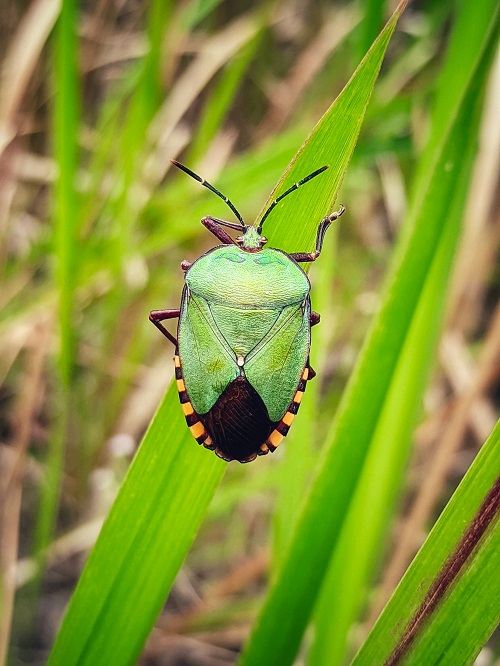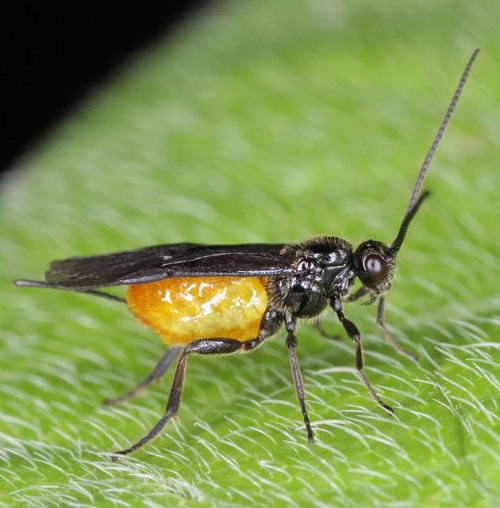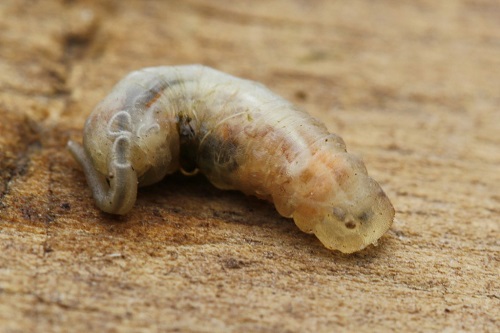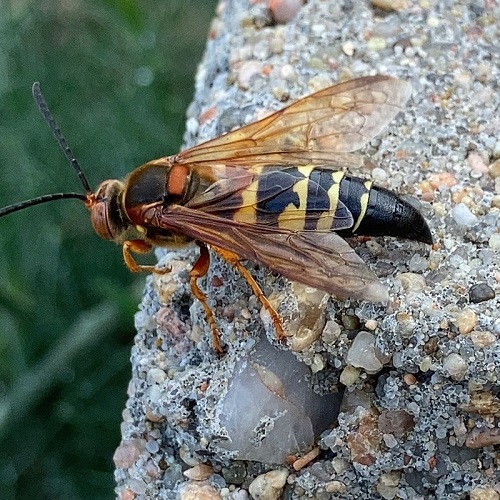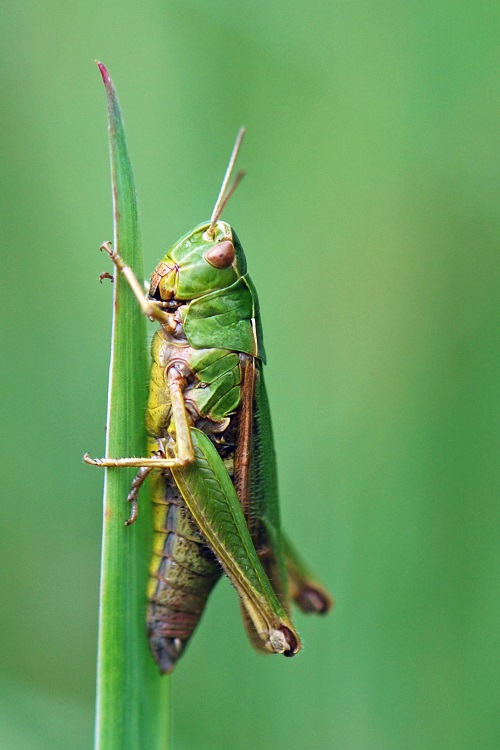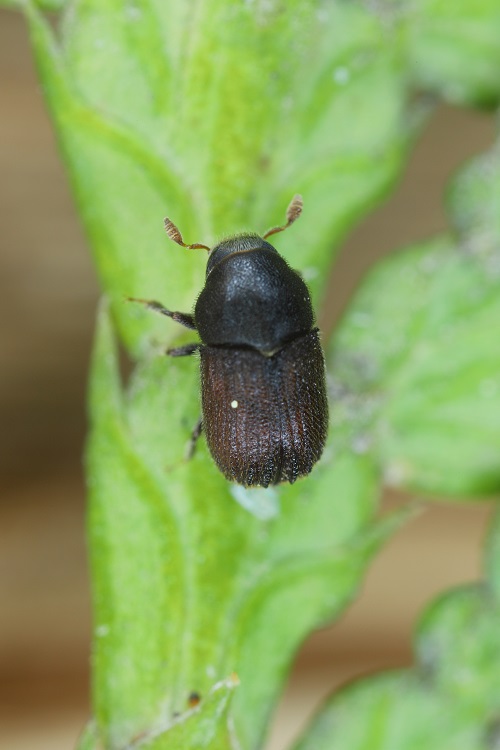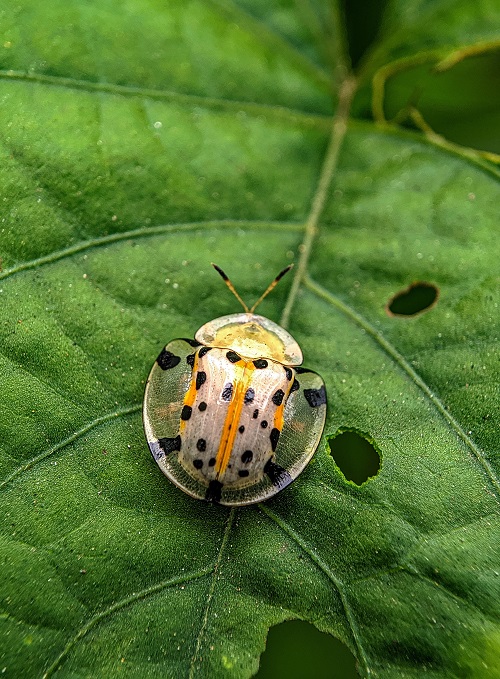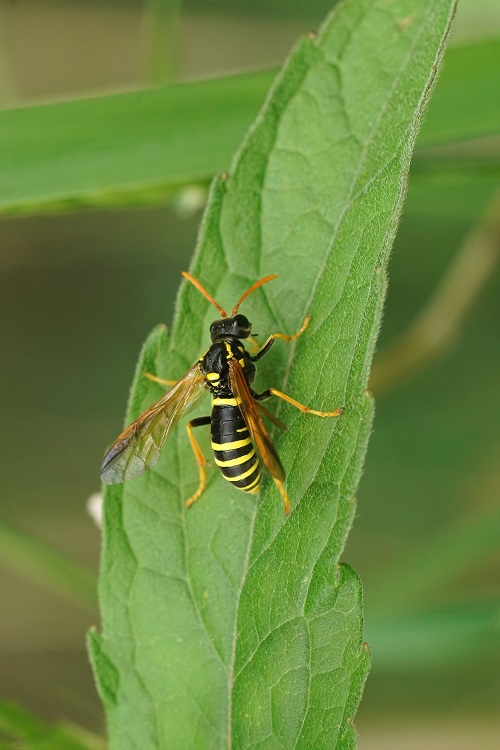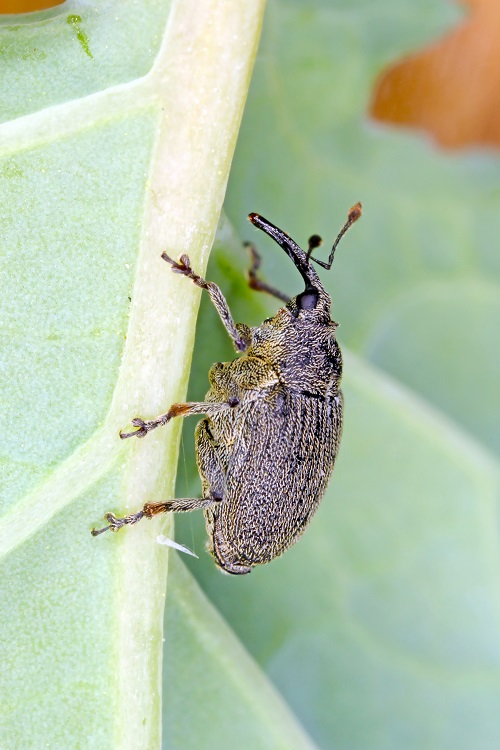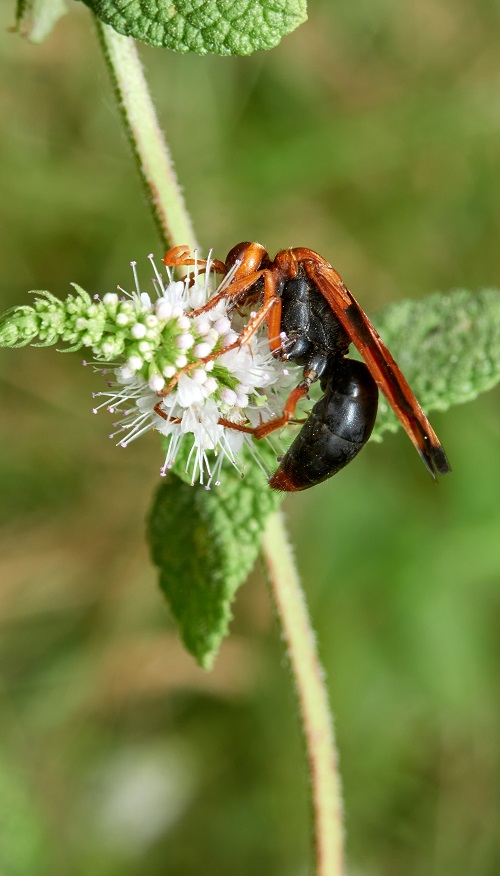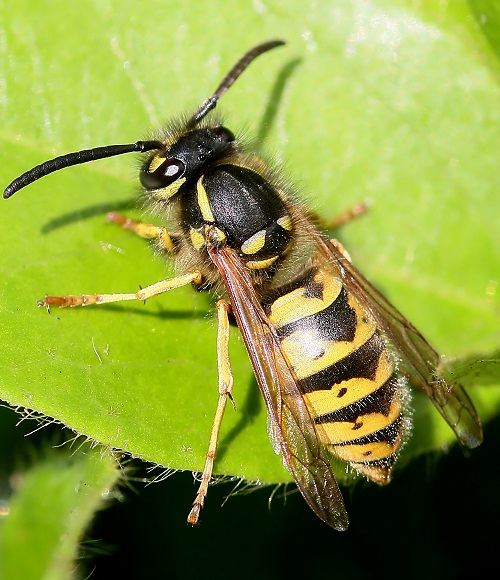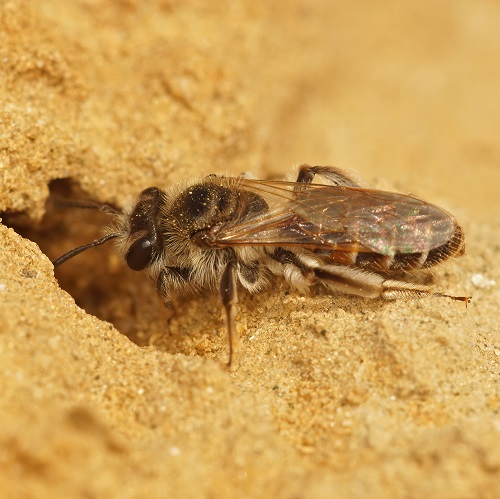Beneficial Insects not only help the ecosystem but they also promote the balance. This list has 50 of them in detail!
Beneficial Insects – These tiny heroes play an essential role in maintaining a healthy, vibrant garden by controlling harmful pests naturally, reducing the need for chemical interventions. From pollination to pest control, they’re the unsung champions that can dramatically improve your gardening game.
Learn How to Use Banana Peels to Get Rid of Aphids here
Beneficial Insects
1. Ladybug
Scientific Name: Coccinella septempunctata
Ladybugs, with their characteristic red shells and black spots, play a crucial role in your garden by voraciously consuming aphids, mealybugs, and other soft-bodied pests, effectively reducing their populations and helping to maintain plant health.
2. Honeybee
Scientific Name: Apis mellifera
These Beneficial Insects visit your garden’s blossoms, transferring pollen from flower to flower as they collect nectar, ensuring the successful fertilization of your fruits and vegetables, leading to more abundant harvests.
3. Praying Mantis
Scientific Name: Mantis religiosa
Praying mantises, slender and green, are stealthy predators that lurk amidst your garden’s foliage, preying on a variety of garden pests, including flies, caterpillars, and beetles, providing valuable pest control.
4. Lacewing
Scientific Name: Chrysoperla carnea
These Beneficial Insects, with delicate, transparent wings, are beneficial insects in their larval stage, as their voracious appetite for aphids, mites, and small insects helps maintain the ecological balance in your garden.
5. Ground Beetle
Scientific Name: Carabidae
Ground beetles, often dark and shiny, are nocturnal hunters that prowl the soil at night, feeding on pests like slugs, snails, and beetle larvae, safeguarding your plants from root-dwelling threats.
6. Green Lacewing
Scientific Name: Chrysoperla sp.
Green lacewings, similar to their relatives, consume aphids and other small pests, defending your garden’s vegetation from harmful insect infestations.
7. Dragonfly
Scientific Name: Odonata
These Beneficial Insects, with their intricate wing patterns, are agile predators of mosquitoes and flies, keeping your garden relatively free from annoying flying insects.
8. Syrphid Fly
Scientific Name: Syrphidae
Syrphid flies, resembling bees, are important pollinators, and their larvae, known as hoverfly larvae, have a hearty appetite for aphids, making them a dual asset in your garden.
9. Spined Soldier Bug
Scientific Name: Podisus maculiventris
Spined soldier bugs, with their distinctive spiky appearance, are Beneficial Insects that feed on caterpillars and beetle larvae, ensuring your plants remain pest-free.
Check out Cute Bugs in Garden and Outdoors here
10. Braconid Wasp
Scientific Name: Braconidae
These Beneficial Insects parasitize tomato hornworms and other caterpillars, helping protect your tomato plants from these voracious eaters.
11. Tachinid Fly
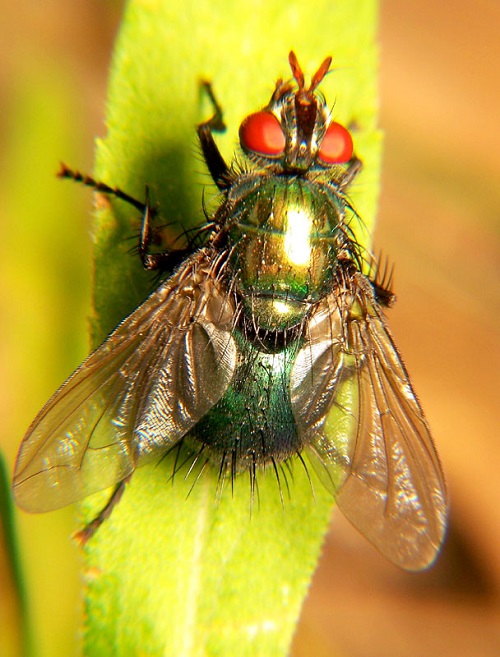
Scientific Name: Tachinidae
Tachinid flies, resembling common houseflies, play a role in pest control by laying their eggs on or inside harmful insects like beetles and caterpillars, reducing their populations.
12. Damsel Bug
Scientific Name: Nabidae
These Beneficial Insects are effective predators that prey on aphids, caterpillars, and leafhoppers, making them beneficial guardians of your garden.
13. Aphidius Wasp
Scientific Name: Aphidiinae
Aphidius wasps lay their eggs inside aphids, leading to the demise of these plant-sucking insects, naturally controlling their numbers.
14. Minute Pirate Bug
Scientific Name: Orius
Minute pirate bugs feed on thrips, mites, and aphids, protecting the foliage of your plants from potential damage.
15. Assassin Bug
Scientific Name: Reduviidae
Characterized by their long proboscis, these Beneficial Insects are skilled hunters who prey on various garden pests, serving as efficient agents of pest management.
16. Garden Spider
Scientific Name: Araneidae
Garden spiders, with their intricate webs, catch flying insects like flies and mosquitoes, contributing to a decrease in potential garden nuisances.
Check Best Organic Pest Control Approaches Every Gardener Should Know here
17. Hoverfly
Scientific Name: Allograpta obliqua
Hoverflies, often mistaken for bees, not only assist in pollination but also help control aphid populations, ensuring your garden’s health.
18. Soldier Beetle
Scientific Name: Cantharidae
These Beneficial Insects are excellent predators, targeting pests such as aphids, caterpillars, and beetle larvae.
19. Rove Beetle
Scientific Name: Staphylinidae
They are beneficial for gardens as they forage on soil-dwelling pests like slugs, snails, and various larvae, which can harm plant roots.
20. Beneficial Nematode
Scientific Name: Heterorhabditis bacteriophora
Parasitic nematodes target harmful soil-dwelling insects such as weevils and grubs, effectively protecting plant roots.
21. Leafcutter Bee
Scientific Name: Megachilidae
Leafcutter bees are solitary pollinators commonly found in gardens. They significantly benefit gardens by enhancing the yield of fruits and vegetables by pollination.
Check Everything About Growing Butterwort: Sticky Trap for Insects here
22. Dung Beetle
Scientific Name: Scarabaeidae
These Beneficial Insects feed on and bury animal dung. In gardens, they play a vital role by decomposing organic matter, including dung and plant debris, which enriches the soil.
23. Predatory Mite
Scientific Name: Phytoseiulus persimilis
They are beneficial for gardens because they help control spider mite populations, preventing leaf damage and plant stress.
24. Tiger Beetle
Scientific Name: Cicindelinae
They help maintain garden health by hunting and consuming various small pests such as flies, ants, and caterpillars.
Explore Master Gardener’s Tricks to Improve Beneficial Insects in Garden here
25. Orchid Bee
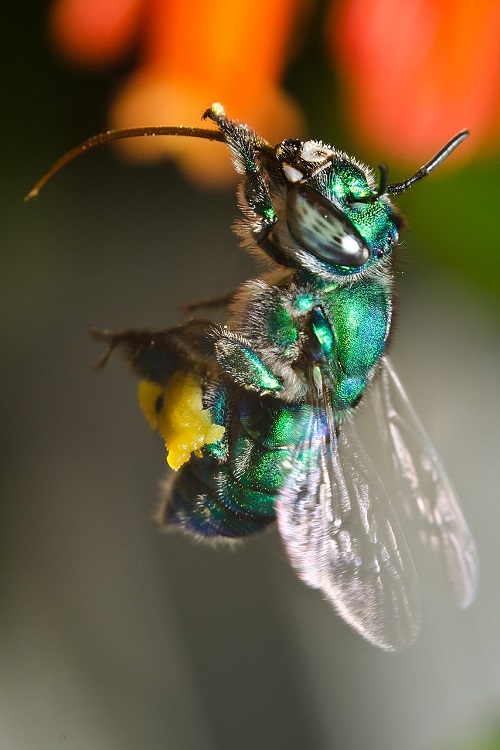
Scientific Name: Euglossini
Orchid bees pollinate orchids and a wide array of other flowers, supporting biodiversity in your garden.
26. Predatory Stink Bug
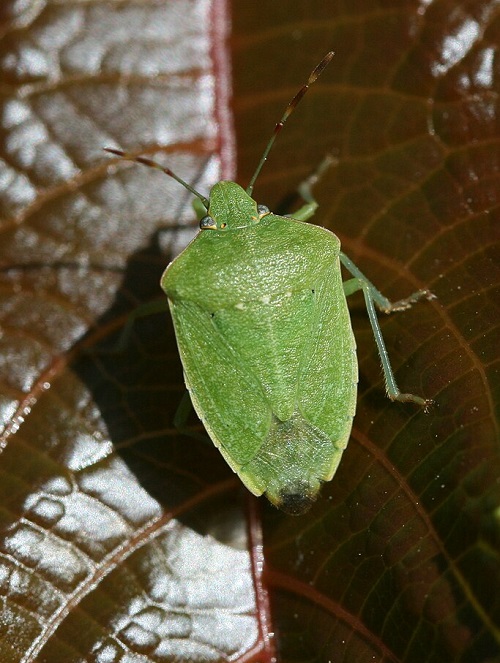
Scientific Name: Pentatomidae
These Beneficial Insects, with their shield-like appearance, prey on caterpillars and beetle larvae, contributing to crop protection.
27. Thread-Waisted Wasp
Scientific Name: Sphecidae
Thread-waisted wasps control caterpillar populations by paralyzing them and providing a food source for their young.
28. Robber Fly
Scientific Name: Asilidae
These Beneficial Insects, resembling oversized flies, are formidable hunters who capture and consume flies and other small insects, helping to reduce garden pests.
Check Bug Repellant Plants for Insects Free Home and Garden here
29. Garden Snail
Scientific Name: Cornu aspersum
Garden snails, easily recognizable by their spiral shells, assist in the decomposition of organic matter, enriching soil quality.
30. Nematode
Scientific Name: Steinernema carpocapsae
Beneficial nematodes combat soil-dwelling pests like weevils and grubs, ensuring a healthier garden.
Read about the Most Beneficial Garden Insects You Should Avoid Killing here
31. Blue Mason Bee
Scientific Name: Osmia lignaria
Blue mason bees pollinate fruit trees and other flowering plants, playing a vital role in the garden’s ecosystem.
32. Potter Wasp
Scientific Name: Eumeninae
Potter wasps, with their distinctive nests, prey on caterpillars, assisting in pest management and protecting your garden plants.
33. Ichneumon Wasp
Scientific Name: Megarhyssa macrurus
Ichneumon wasps parasitize caterpillars, reducing their numbers and minimizing plant damage.
34. Shield Bug
Scientific Name: Pentatomidae
These Beneficial Insects help protect crops and plants by preying on caterpillars and beetle larvae, contributing to garden health.
35. Whitefly Parasitoid Wasp
Scientific Name: Encarsia formosa
These tiny wasps target and parasitize whiteflies on greenhouse plants, effectively controlling infestations.
Read Common Items in Home to Solve Pest Problems in Garden here
36. Rat-Tailed Maggot
Scientific Name: Syrphidae larva
The larvae of rat-tailed maggots, aquatic insects, assist in breaking down organic matter in ponds, improving water quality.
37. Prionyx Wasp
Scientific Name: Sphecidae
Prionyx wasps control grasshopper populations, preventing potential damage to garden vegetation.
38. Cicada Killer Wasp
Scientific Name: Sphecidae
These Beneficial Insects specialize in controlling cicada populations, which can otherwise harm trees, making them valuable garden protectors.
39. Ants
Scientific Name: Formicidae
Certain ant species protect plants by preying on harmful insects and aerating soil through their tunneling activities, fostering a healthy garden environment.
40. Grasshopper
Scientific Name: Acrididae
Predatory grasshoppers consume garden pests, helping to balance insect populations. If you spot these Beneficial Insects in your garden, don’t get rid of them!
Read Best Organic Pest Control Approaches Every Gardener Should Know here
41. Scorpionfly
Scientific Name: Panorpa spp.
Scorpionflies, with their distinctive scorpion-like tails, feed on small insects, reducing potential garden nuisances without the need for chemical intervention.
42. Bark Beetle
Scientific Name:(Scolytinae):
Bark beetles play a crucial role in forest ecosystems by breaking down and decomposing dead trees, which keep the cycle of ecosystem in check.
43. Leaf Beetle
Scientific Name: Chrysomelidae
Some leaf beetles, with their often colorful appearances, feed on plant-damaging weeds, contributing to weed control in your garden.
44. Woodlouse
Scientific Name: Isopoda
Woodlice, resembling tiny armored tanks, help break down decaying matter, enriching the soil with nutrients.
45. Sawfly
Scientific Name: Symphyta
These Beneficial Insects feed on plant pests, such as leaf-chewing insects, contributing to the overall health of your garden.
Discover Pest Repellent Plants here
46. Weevil
Scientific Name: Curculionidae
Some weevils, often small and brownish, are beneficial predators of harmful insects, assisting in natural pest control.
47. Hunting Wasp
Scientific Name: Pseneo punctatus
Hunting wasps help control pest populations by hunting and capturing various insects in your garden.
48. Yellowjacket
Scientific Name: Vespula vulgaris
Yellowjackets, easily identifiable by their yellow and black colors, actively hunt caterpillars and flies, effectively decreasing the population of garden pests in the surrounding area.
49. Ground-Nesting Bee
Scientific Name: Andrena spp.
These Beneficial Insects play a vital role by expertly pollinating wildflowers and crops, which, in turn, significantly contribute to the overall productivity of your garden.
50. Nematus Sawfly
Scientific Name: Nematinae
Nematus sawflies control the population of leaf-chewing caterpillars by laying their eggs on or near their host plants, preserving foliage and plant health.

